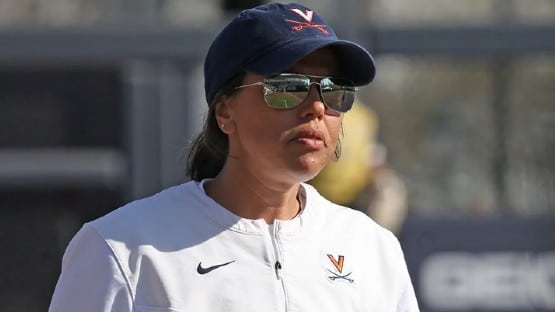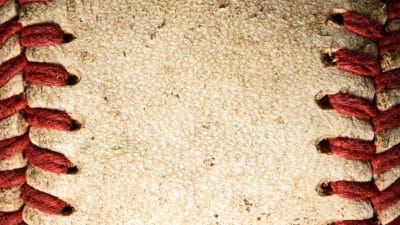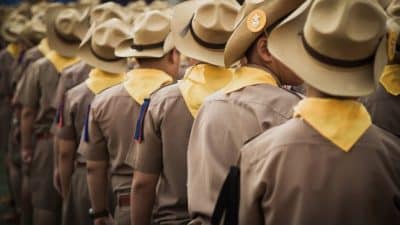Story by Chris Graham

Lord Landsdowne was only the forefather of the modern-day pretty-boy wrestling bad guy. But he wrestled in the 1930s – a long time before pay-per-view, before Monday night TV.
“It’s really interesting to see how everything that we consider new or innovative has its roots in something from 60, 70, 80 years ago. And if we remember that little bit of history, I think we’re all a little bit better informed about the sport that we enjoy,” said Steve Johnson, the coauthor of Pro Wrestling Hall of Fame: The Heels, a book that takes an exhaustive look at pro wrestling’s top rulebreakers.
The story of Landsdowne was the one that got my attention the most – if only because I had always assumed that the star of the late ’40s and early ’50s, Gorgeous George, was the man to whom we could attribute the flowing robes and bleached-blonde locks that so many mat stars have as part of their acts today.
“Everybody today knows Ric Flair, ‘Nature Boy’ Ric Flair, and the robes, the entrance music, ‘2001: A Space Odyssey.’ And there are people who know that Ric Flair was derived from ‘Nature Boy’ Buddy Rogers. And there may be a few people who know that ‘Nature Boy’ Buddy Rogers was derived from Gorgeous George. But there’s hardly anyone – and this is wrestling historians included – who can trace where Gorgeous George came from,” Johnson said.
“He came from a little-known wrestler from the 1930s – I say little-known, but he was well-known at the time; he was a national star, a phenomenon – named Lord Landsdowne. He was the first to have valets accompany him to the ring, to wear the long-flowing robes, to have his hair down just so, to have his valets spray disinfectant into the ring before he would get in it, the first to come out to ring-entrance music,” Johnson said.
Dozens of other heels get their due in Pro Wrestling Hall of Fame: The Heels. Also of interest is a lengthy opening chapter that goes into detail on heel psychology – and how it has changed over the years.
“We tried to go back to the beginning of the last century to trace the development of heels from the very beginning to today’s pay-per-view events – where the delineation between heel and hero has kind of gone by the wayside,” Johnson said.
“It’s fascinating to trace the development of the heels from the ’20s and ’30s all the way to the ’80s and ’90s and explain their role and why they were so important to the development of wrestling,” Johnson said.
“Although people hated heels, they wanted to kill them, and they tried to kill them, in some instances, the heels were an absolutely essential part of the business. They were the glue that held wrestling together,” Johnson said.
Chris Graham is the editor of The SportsDominion.










